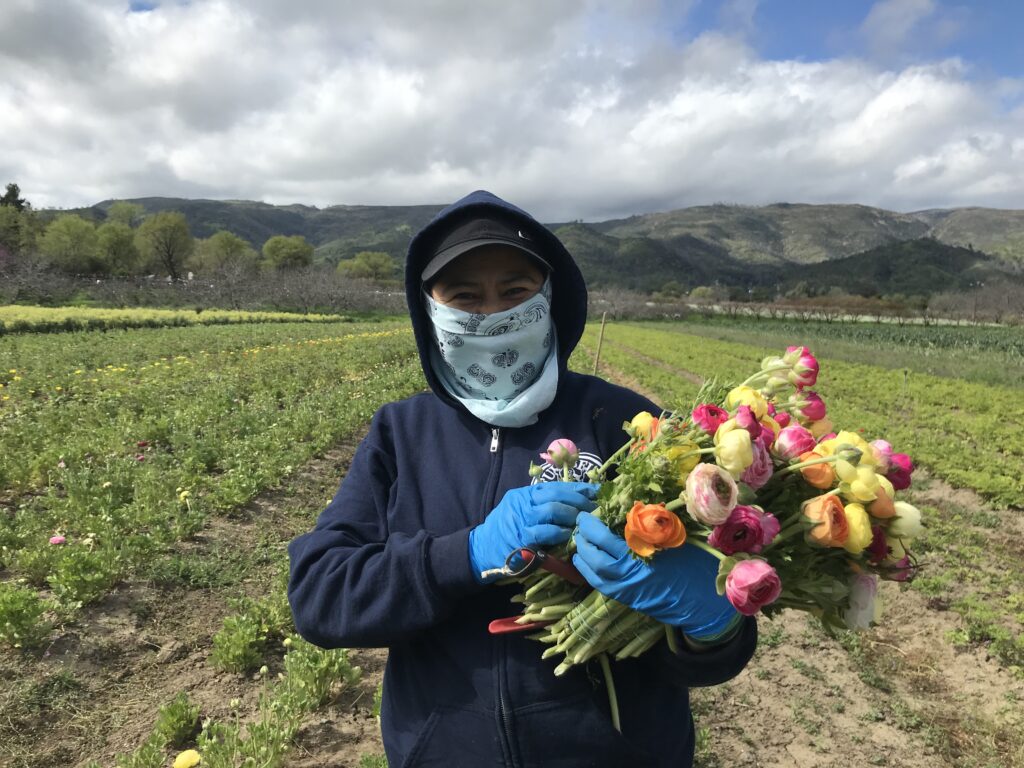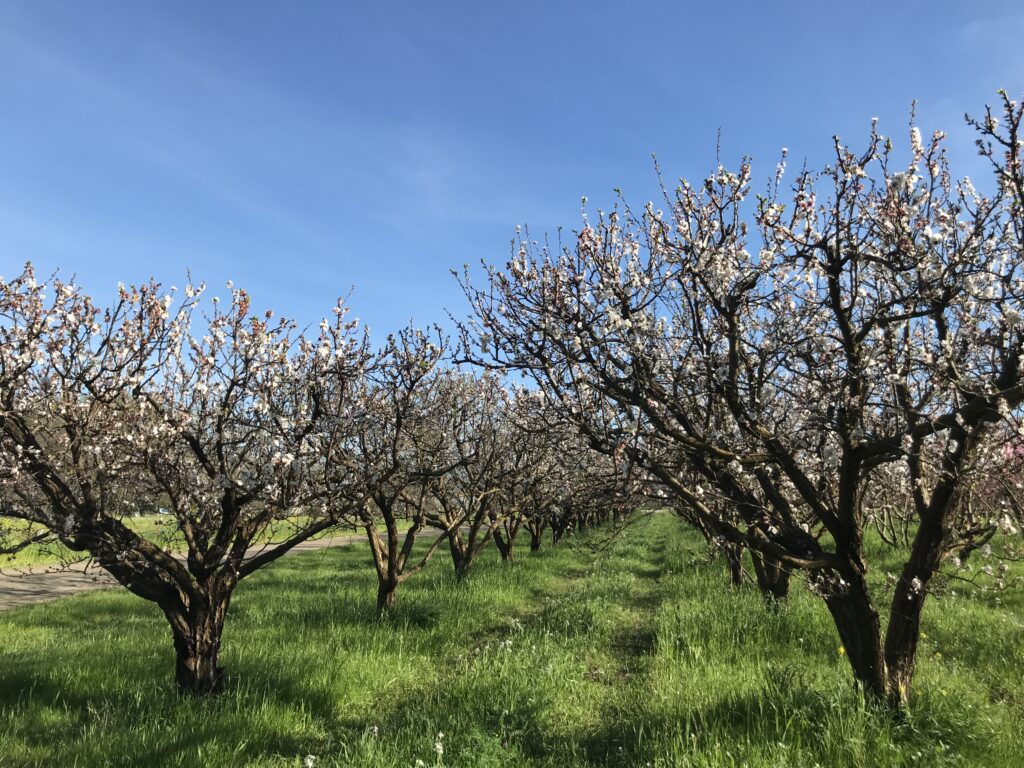
Happy spring! Last week, we took advantage of the warmth and sun to harvest, weed, plant, and transplant. There was also a lot of mowing (cover crops and finished crops) and prepping bed to plant more.
As promised, this Beet contains the second part of last week’s discussion (which you can find here) of hybrid versus open pollinated seeds.
For a very quick refresher: we plant hybrid and open pollinated (OP) varieties. Hybrids show more uniformity with appearance and timing (which can be important when growing on a farm-scale), but the seeds are more expensive and can’t be saved. OP varieties are cheaper, and you can save the seed.
Hybrids are developed from cross-pollinating two genetically different parents of related species, creating offspring that are unique from both parents. Hybridization can happen in nature, but in agriculture these seeds are carefully developed by seed breeders for specific traits. Hybrid seeds do not have stable genetics; if you plant seed saved from a hybrid plant, the new seed will not look like the parent. OPs are naturally pollinated (by wind, insects, etc.) and come from two identical parents or are self-pollinated and have the same genetic material as the parent plants. OPs have stable genetics so the next generation will be similar.
The ability to save seed is important to consider, but many farms don’t have the interest or capacity to save seed. Seed saving can be difficult to do; it requires careful planning to isolate seed varieties from cross-pollination, and it ties up valuable field space we may need for other crops.
Given the higher cost of hybrids, why grow them? The most important reason we choose many hybrids is disease resistance. This is especially true for tomatoes. Tomatoes are an important crop for us, traditionally a top income source. We used to grow mostly OP tomatoes and had a robust seed-saving program for over 20 years. In 2021 fusarium oxysporum (a fungus in the soil) led to a crop failure and we’ve since switched to growing mostly hybrid varieties that tout resistance to our strain of fusarium. It’s too much of a risk for us to plant tomatoes without some resistance.
Lastly, sometimes we don’t have much choice, it depends what seed is available. If you look at a seed company’s offerings, for some produce (like cauliflower) almost all varieties are hybrid, while for others (like lettuce), most are OP.
Seeds are complex. Talking about seeds is complicated too, not just the science, but also ownership of genetic material and the ability to patent seeds and restrict their accessibility and use. Seeds are political! In the past few decades, the seed industry has undergone enormous consolidation and more seed varieties are protected by intellectual property rights. Groups like the Open Source Seed Initiative and the Organic Seed Alliance have emerged to advocate for seeds to remain free for anyone to use and save. So in addition to the financial consideration when buying seeds, and the diseases we’re encountering, there’s also the principle of supporting open-pollinated seeds and the diversity and opportunities they provide. We purchase seeds from many OSSI partner companies and appreciate the work that they do.
Clearly, there are many factors we consider when choosing what to plant. We want a crop that will grow well and taste good, and won’t break the bank to grow and harvest. Eaters don’t see most of these background decisions, but they influence what shows up on your dinner plate.
If you are interested in diving more into these topics (especially the science) behind seeds and the plant breeding process, I recommend checking out this webinar hosted by our local Cooperative Extension office, or this webpage. For more about patents and other intellectual property issues, Frank Morton, from Wild Garden Seed, has several excellent essays discussing plant patents, and the Open Source Seed Initiative and Organic Seed Alliance also have a wealth of excellent resources on their websites.
Elaine Swiedler, CSA Manager

